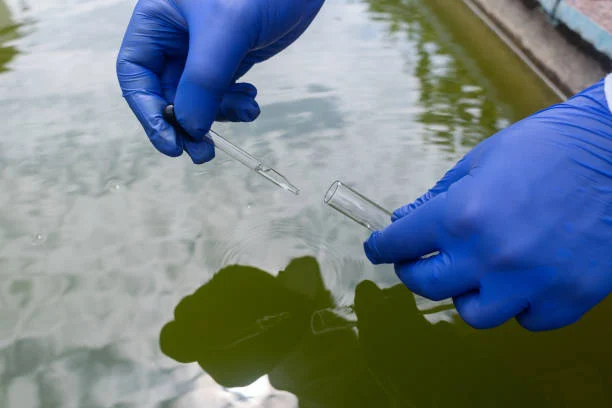
Introduction
Cyanide, a highly toxic compound, is extensively utilized in various industrial processes like electroplating, mining, and metal finishing. Consequently, large volumes of cyanide-containing wastewater are generated, posing a significant threat to the environment and human health. Traditional Cyanide wastewater treatment methods, such as alkaline chlorination, have several drawbacks. These include the formation of toxic by-products, high chemical consumption, and low removal efficiency for metal-cyanide complexes. As a result, there is an increasing demand for more efficient and environmentally friendly treatment technologies.
In recent years, advanced oxidation processes (AOPs) have emerged as promising alternatives for treating cyanide wastewater. Among these, the Persulfate oxidation process has attracted considerable attention due to its strong oxidation ability, wide pH range applicability, and relatively simple operation. This blog post aims to provide a comprehensive overview of the persulfate oxidation method for cyanide wastewater treatment, covering its mechanism, influencing factors, and practical applications.
The Mechanism of Persulfate Oxidation
Persulfate, which exists as peroxydisulfate (PDS) or peroxymonosulfate (PMS), can be activated through various means, such as heat, UV light, transition metals, or alkalinity, to generate highly reactive sulfate radicals. These sulfate radicals possess a high oxidation potential, enabling them to oxidize a wide range of organic and inorganic pollutants, including cyanide.
The reaction mechanism of persulfate oxidation of cyanide is complex and involves multiple steps. Generally, the sulfate radicals react with cyanide ions to form cyanate as an intermediate product. The cyanate can then be further oxidized or hydrolyzed to produce less toxic end products, such as nitrate, ammonium, and nitrogen gas. The specific reaction pathways vary depending on reaction conditions like pH, temperature, and the presence of other substances. In an acidic medium, the reaction follows a certain sequence, while in a basic medium, the reaction mechanism changes, and hydroxyl radicals may also participate in the oxidation process. Hydroxyl radicals can be generated from the reaction of sulfate radicals with water or from the activation of persulfate by alkalinity, and their reaction with cyanide is an important pathway for cyanide removal.
Influencing Factors
1. Persulfate Concentration
The concentration of persulfate is a crucial factor affecting the treatment efficiency of cyanide wastewater. Generally, increasing the persulfate dosage can enhance the generation of sulfate radicals, thereby promoting the oxidation of cyanide. However, excessive persulfate may lead to self - quenching reactions of sulfate radicals, reducing the overall oxidation efficiency. Moreover, high persulfate concentrations can increase treatment costs and cause potential environmental problems due to residual persulfate in the treated water. Thus, an appropriate persulfate concentration must be determined through experiments based on the characteristics of the wastewater.
2. pH Value
The pH of the wastewater significantly impacts the persulfate oxidation process. Different pH conditions can affect persulfate activation, the types and reactivity of generated radicals, and the form of cyanide. In acidic conditions, sulfate radicals are the main reactive species and show high reactivity towards cyanide. As the pH increases, the proportion of hydroxyl radicals generated from the reaction of sulfate radicals with water or from persulfate activation by alkalinity rises. In alkaline conditions, hydroxyl radicals may play a more important role in cyanide oxidation. Nevertheless, extremely high or low pH values can have negative effects on the reaction. For example, at very low pH, the stability of persulfate may be affected, while at very high pH, the solubility of some metal ions in the wastewater may change, which can in turn affect persulfate activation and the oxidation process.
3. Temperature
Temperature can accelerate the activation of persulfate and the reaction rate between radicals and cyanide. Higher temperatures typically lead to faster generation of sulfate radicals and more efficient cyanide oxidation. However, increasing the temperature requires additional energy input, which raises treatment costs. Additionally, if the temperature is too high, it may cause the decomposition of persulfate and other unwanted side reactions. Therefore, when choosing the appropriate reaction temperature, a balance must be struck between treatment efficiency and energy consumption.
4. Presence of Metal Ions
Metal ions commonly found in industrial wastewater, such as Cu²⁺, Zn²⁺, Fe²⁺, and Ni²⁺, can have different effects on the persulfate oxidation process. Some metal ions, like Cu²⁺, can act as catalysts to activate persulfate, generating more sulfate radicals and enhancing cyanide removal. On the other hand, certain metal ions may form complexes with cyanide, making it more stable and difficult to oxidize. Moreover, metal ions may also participate in side reactions with persulfate or radicals, affecting the overall reaction pathway and efficiency. Understanding the role of metal ions in the persulfate oxidation system is essential for optimizing the treatment process of cyanide - containing wastewater.
5. Reaction Time
Sufficient reaction time is necessary to ensure the complete oxidation of cyanide. As the reaction progresses, the cyanide concentration gradually decreases. However, after a certain period, the reaction rate may slow down due to the depletion of reactants or the accumulation of reaction products. The optimal reaction time depends on various factors, including the initial cyanide concentration, reaction conditions (such as persulfate concentration, pH, and temperature), and the type of wastewater matrix. Extended reaction times do not always result in a proportional increase in cyanide removal efficiency and may also lead to increased energy consumption and treatment costs.
Applications in Different Industries
1. Electroplating Industry
In the electroplating process, cyanide is often used to ensure the quality of metal plating. The wastewater generated from electroplating contains high concentrations of cyanide and metal - cyanide complexes. Persulfate oxidation has shown great potential in treating electroplating cyanide wastewater. For example, studies have shown that in the presence of appropriate amounts of Cu²⁺ (as an activator) and peroxydisulfate, up to 99% of cyanide can be removed within 20 minutes. This method can effectively break down metal - cyanide complexes and convert cyanide into less toxic substances, meeting the strict discharge standards for electroplating wastewater.
2. Mining Industry
The mining industry, especially gold mining, generates a large amount of cyanide - containing wastewater and residues. Cyanide is used in gold extraction to form soluble gold - cyanide complexes. Persulfate - advanced oxidation processes can be applied to treat both the wastewater and the residues. For instance, in the treatment of gold cyanide residues, ultrasonic - activated persulfate oxidation has been studied. By using 2.0 wt.% potassium persulfate at pH 10.0 for 60 minutes, the cyanide removal efficiency can reach 53.47%. With heat activation at 60 °C, the efficiency increases to 62.18%, and under ultrasonic activation with 100% power, the removal efficiency can reach as high as 74.76%. After ultrasonic - activated persulfate - advanced oxidation treatment, the cyanide content in the toxic leaching solution of the residue can meet the national standard, demonstrating the feasibility of this method in the mining industry.
3. Metal Finishing Industry
In the metal finishing industry, cyanide is used in various surface treatment processes. The resulting cyanide - containing wastewater needs to be treated properly to avoid environmental pollution. Persulfate oxidation can be integrated into the wastewater treatment systems of metal finishing plants. By optimizing reaction conditions, such as adjusting the persulfate concentration, pH, and reaction time, high - efficiency cyanide removal can be achieved. This not only helps the metal finishing industry comply with environmental regulations but also reduces the potential risks associated with cyanide discharge.
Case Studies
Case 1: Treatment of Real Electroplating Wastewater
A study was conducted on real electroplating wastewater containing cyanide, treating it with the persulfate oxidation process. When a specific amount of persulfate was added, a significant amount of cyanide in the wastewater could be completely removed within 20 minutes. The results of multiple experiments indicated that both hydroxyl radicals and sulfate radicals were responsible for cyanide removal, and their contributions were comparable. Cyanate and nitrite were detected as the main by - products. This case study demonstrated the effectiveness of persulfate oxidation in treating real - world electroplating cyanide wastewater.
Case 2: Treatment of Gold Cyanide Residues
In a gold mining operation, gold cyanide residues were treated with the persulfate - advanced oxidation process. The residues had high cyanide levels that needed to be reduced to meet disposal standards. Through experiments, it was found that by using potassium persulfate and optimizing reaction conditions, including pH, temperature, and activation methods (such as ultrasonic activation), the cyanide content in the toxic leaching solution of the residues could be significantly decreased. After ultrasonic - activated persulfate - advanced oxidation treatment, the cyanide content in the toxic leaching solution met the national standard of China. This case shows the successful application of persulfate oxidation in treating gold cyanide residues, providing a practical solution for the safe disposal of mining waste.
Challenges and Future Perspectives
1. Challenges
Cost - effectiveness: Although persulfate oxidation shows great potential in treating cyanide wastewater, the cost of persulfate and the energy required for activation (such as heat or ultrasonic activation) can be relatively high. Developing more cost - effective ways to produce and activate persulfate is necessary to make this technology more widely applicable.
Complexity of Wastewater Matrix: Industrial cyanide - containing wastewater often contains a complex mixture of various substances, including different metal ions, organic compounds, and salts. These components can interact with persulfate and radicals, affecting the reaction mechanism and efficiency. Understanding and controlling these complex interactions is a challenge in practical applications.
Residual Persulfate and By - products: Residual persulfate in the treated water may cause potential environmental problems, and some by - products, such as nitrite, may also need to be further treated to meet the strictest environmental standards. Developing methods to effectively remove residual persulfate and control the formation of harmful by - products is an important area for further research.
2. Future Perspectives
Novel Activation Methods: Research is ongoing to develop new and more efficient activation methods for persulfate. For example, using novel catalysts like nanomaterials or metal - organic frameworks (MOFs) to activate persulfate may offer higher reaction rates and selectivity. Additionally, exploring the combination of different activation methods, such as using heat and a catalyst simultaneously, may further enhance the performance of the persulfate oxidation process.
Integration with Other Treatment Technologies: Combining persulfate oxidation with other treatment technologies, such as biological treatment, membrane filtration, or adsorption, can achieve better overall treatment effects. For instance, pre - treating with persulfate oxidation to break down complex cyanide compounds can make the wastewater more suitable for subsequent biological treatment.
In - situ Monitoring and Process Optimization: The development of in - situ monitoring techniques for the persulfate oxidation process, such as real - time detection of radical concentrations and cyanide degradation products, can help in better understanding the reaction progress and optimizing the treatment process. This can lead to more efficient and reliable cyanide wastewater treatment systems.
In conclusion, the persulfate oxidation method shows great promise in the treatment of cyanide - containing wastewater. With continuous research and development to address the existing challenges, this technology has the potential to become a mainstream method for cyanide wastewater treatment in various industries, contributing to environmental protection and sustainable development.
- Random Content
- Hot content
- Hot review content
- Toxicity Assessment of Sodium Cyanide and Relevant Hazard Prevention Measures
- 31%-36% HCl/Industrial Grade Hydrochloric Acid
- Sodium Amyl Xanthate (SAX) 90%, Mining chemical, mining flotation reagent
- Diethylene Glycol Mono Butyl Ether 99% Liquid Glycol Ethers (BDG/DB)
- Food Grade Ammonium Sulphate
- Maleic Anhydride - MA
- Ammonium Bisulfite 70% Solution
- 1Discounted Sodium Cyanide (CAS: 143-33-9) for Mining - High Quality & Competitive Pricing
- 2Sodium Cyanide 98% CAS 143-33-9 gold dressing agent Essential for Mining and Chemical Industries
- 3Sodium Cyanide 98%+ CAS 143-33-9
- 4Anhydrous Oxalic acid 99.6% Industrial Grade
- 5Oxalic acid for mining 99.6%
- 6Soda Ash Dense / Light 99.2% Sodium Carbonate Washing Soda
- 7Reagent Grade/Industrial Grade Hydrochloric Acid min.31%
- 1Sodium Cyanide 98% CAS 143-33-9 gold dressing agent Essential for Mining and Chemical Industries
- 2High Quality 99% Purity of Cyanuric chloride ISO 9001:2005 REACH Verified Producer
- 3 High-Quality Sodium Cyanide for Leaching
- 4Powdery emulsion explosive
- 5Industry Grade Electron grade 98% Sulfuric Acid H2SO4 Sulphuric Acid Battery Acid Industrial Sulfuric Acid
- 6Colloidal emulsion explosive
- 7sodium hydrosulfide 70% flakes used Mining Industry



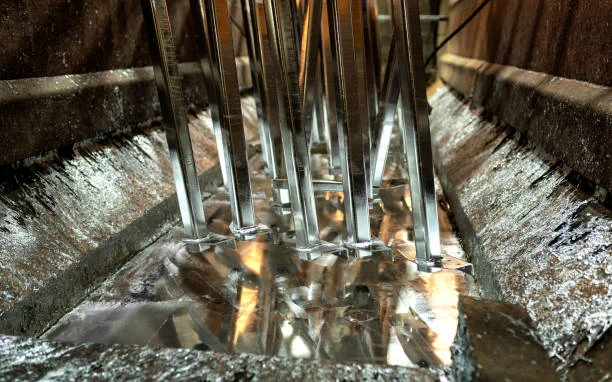
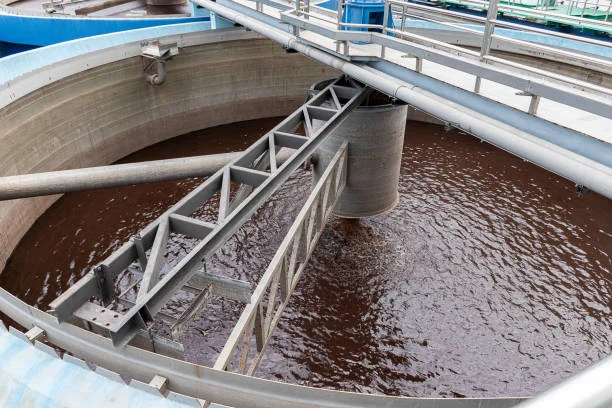
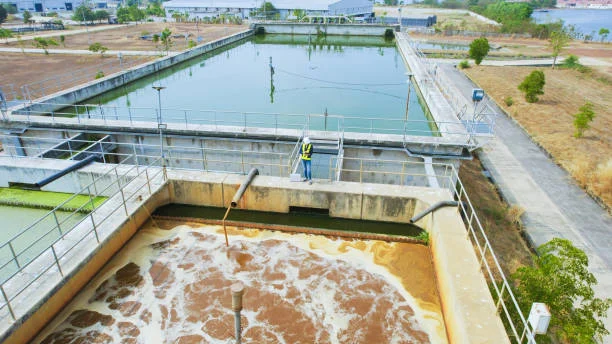
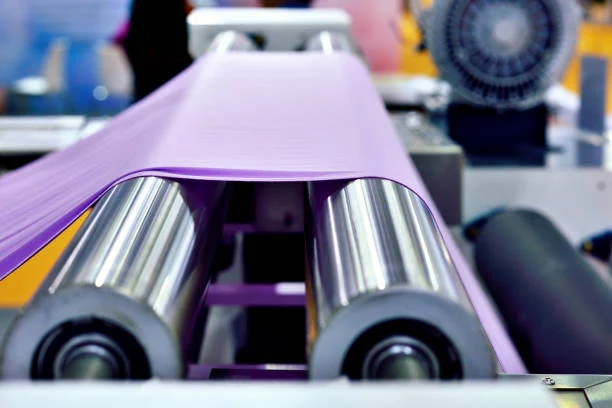
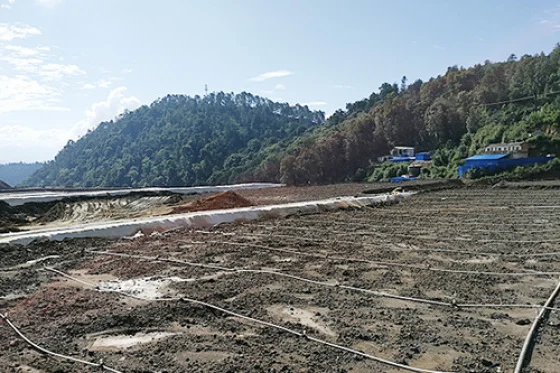
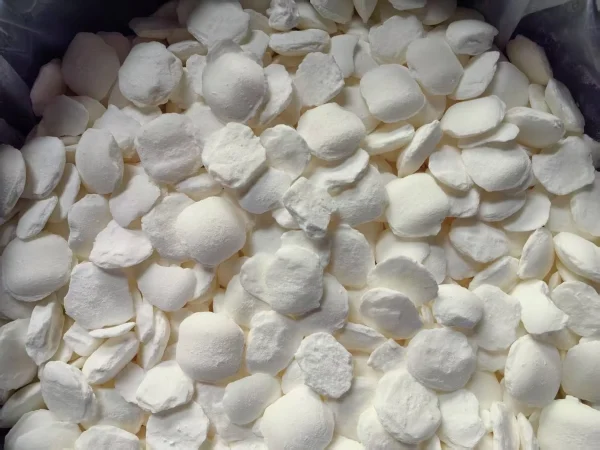


Online message consultation
Add comment: